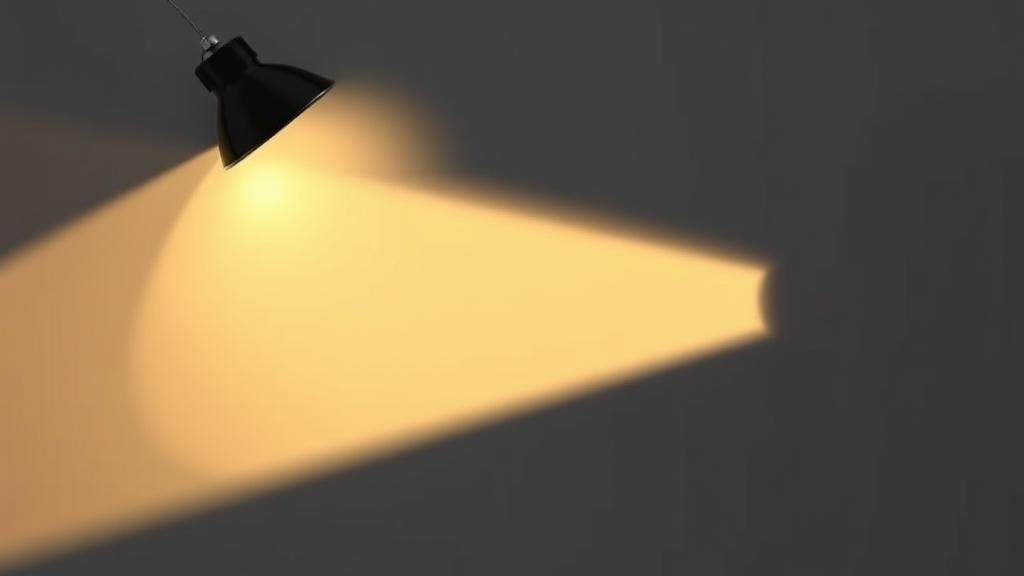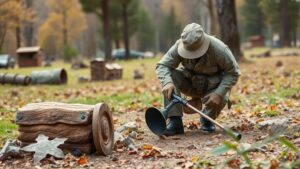Techniques for Solving Clues That Use Shadows and Light as Indicators
Techniques for Solving Clues That Use Shadows and Light as Indicators
The interplay of shadows and light is a powerful ally in the realm of problem-solving and investigation. Whether in forensics, escape room design, or puzzle creation, understanding how light can manipulate perception and reveal hidden details is crucial. This article explores various techniques for leveraging shadows and light as indicators when deciphering clues.
The Science of Light and Shadows
Before delving into specific techniques, it is important to understand the basics of light and shadow. Light travels in straight lines and when obstructed by an object, it creates a shadow. The length and direction of that shadow are dictated by the light sources angle. By applying principles from physics, individuals can predict how shadows will form based on the position of light sources and surrounding objects.
For example, in a forensic scenario, investigators can analyze the length of shadows to estimate the time of day a crime occurred. According to studies, the position of the sun changes approximately 15 degrees per hour, significantly affecting shadow length and direction. This information can help narrow down timeframes for events, providing crucial context.
Techniques for Utilizing Light and Shadows
There are several overarching techniques for effectively using shadows and light in solving clues:
- Observation of Change: Regularly assess how light interacts with different objects at various times. This helps identify temporary changes that can reveal information otherwise obscured.
- Shadow Mapping: Create a map or outline of shadows in a given space (e.g., a room). This can help track movements or locate hidden compartments.
- Use of Light Filters: Employ colored filters to change the wavelengths of light reaching an area, which can enhance or diminish shadows, revealing distinct features.
Case Study: Forensic Analysis
In forensic science, investigators have utilized light and shadow techniques to uncover crucial evidence. An illustrative example is the analysis of footprints that may be too faint to see with the naked eye. By using oblique lighting techniques, forensic teams can illuminate the grounds surface at various angles, casting shadows that make the details of these footprints more prominent.
For example, a study by the National Forensic Science Technology Center highlighted how angling a light source at 45 degrees enhances texture visibility on different surfaces. This technique led to the identification of shoe prints in a gravelly area, providing a lead in a criminal investigation.
Interactive Scenarios: Escape Rooms
Escape rooms often employ shadows and light as integral parts of their puzzles, challenging participants to solve clues creatively. A common technique involves using a flashlight to reveal hidden messages that only become visible when illuminated from specific angles. For example, messages written in UV ink or created through diffraction patterns can provide integral hints to progress in the game.
Escape room designers frequently incorporate light positioning as part of the challenge; using projectors or strategically placed lights can create shapes or codes that guide participants when looked at from the right vantage point. This not only adds depth to the puzzles but also teaches players the importance of perspective in problem-solving.
Practical Applications Beyond Investigations
The principles of light and shadow extend beyond investigations and escape rooms and can be effectively applied in artistic contexts and architectural design. Artists have been known to exploit shadows to add depth to their work, while architects design spaces purposely to ensure natural light enhances certain features of a building, thus creating dynamic environments.
A relevant statistical insight from the architectural sector indicates that designs incorporating natural light can increase occupant productivity by 15%. This productivity is visually tied to light and shadow, improving not only aesthetic appeal but functional design.
Addressing Common Misconceptions
One common misconception is that shadows are merely the absence of light. In reality, shadows can carry significant information about the objects casting them. For example, understanding how to interpret shadows can reveal the size of an object, its shape, or even its location relative to a light source. Recognizing this nuance can enhance problem-solving skills in various contexts.
Actionable Takeaways
- Consider the position and intensity of light when analyzing scenes or puzzles; minor adjustments can reveal critical information.
- Experiment with different lighting angles to observe how shadows change. This can be a valuable skill in both forensic investigations and creative endeavors.
- Incorporate shadows and light as elements in problem-solving frameworks, whether in the design of puzzles or the development of analytical methods in investigative scenarios.
By grasping the techniques highlighted in this article, individuals can enhance their detective skills and creativity, using the dual indicators of shadows and light to uncover and solve intricate clues.



